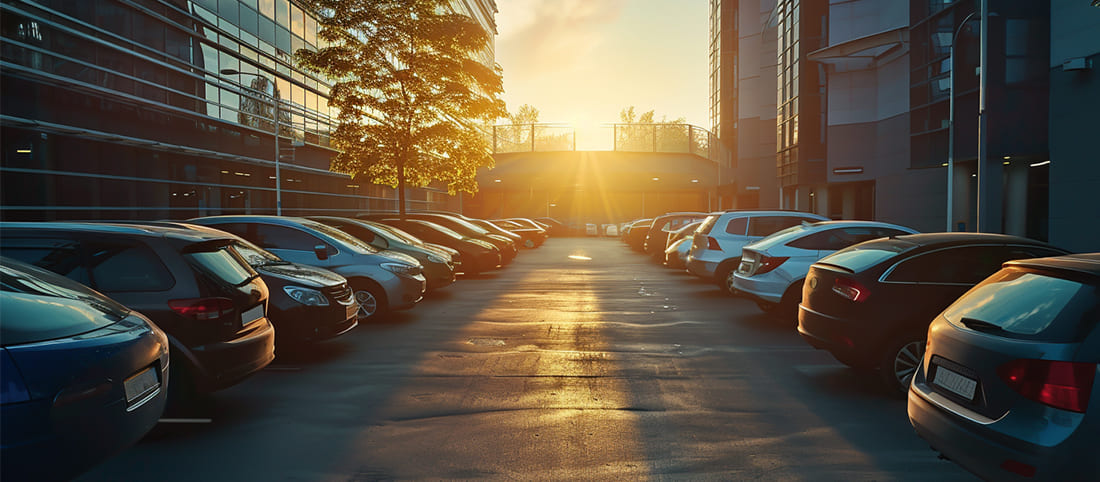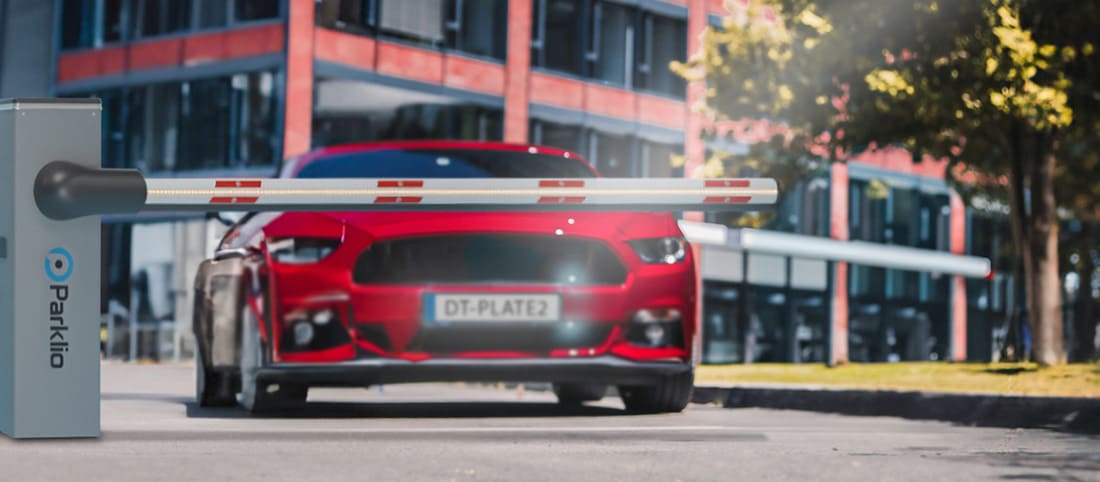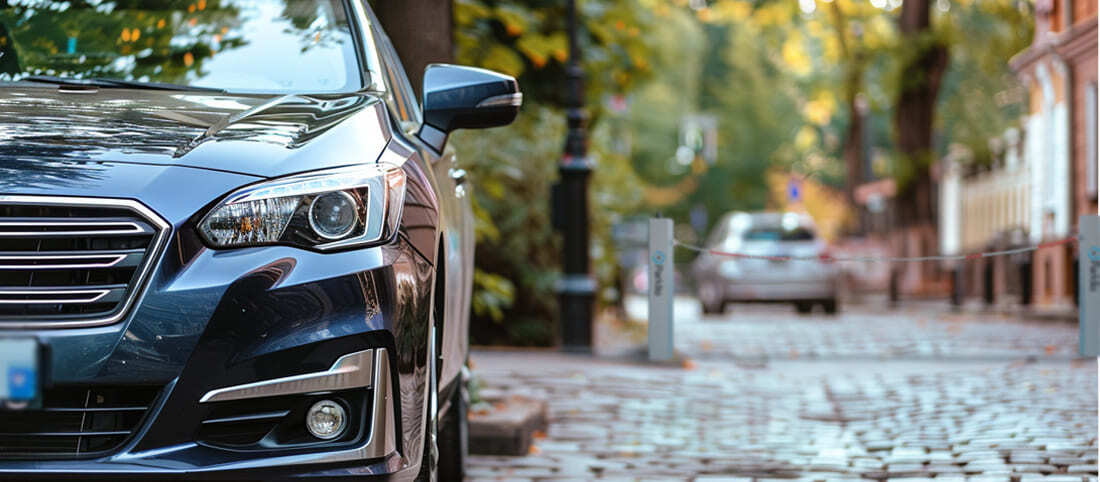Impacts of Parking Issues During Tourist Season and How to Solve Them

As a key industry in many countries, tourism is one of the most important aspects of their economies. The advantages of tourism go beyond creating millions to boost the economy: it creates thousands of job opportunities, strengthens the local economy, and develops demand and growth for many more industries, such as hospitality, retail, and transportation. However, there are drawbacks to tourism as well, some of which are strongly associated with increased traffic levels and parking saturation. Let's have a look at why these parking-related issues are challenging for cities.
Table of contents:
Negative Impacts of Parking Issues on Cities
There are several reasons causing the negative impacts: a lack of sufficient parking space, the infrastructure of the city, and restricted access to certain areas of the city. Let us address these reasons in more detail.
To start, there is simply not enough parking space due to the sharp increase in the number of people and cars in the popular areas of the city. Another cause for the lack of parking is the fact that most historical and old cities, especially the capitals, were architecturally designed before the advent of automobiles, with narrow alleys and no parking in mind. Also, many city centers prioritize pedestrian accessibility by establishing pedestrian-only zones or restricting vehicle access to improve safety and the overall visitor experience while protecting heritage sites.
Here's how these problems affect cities.
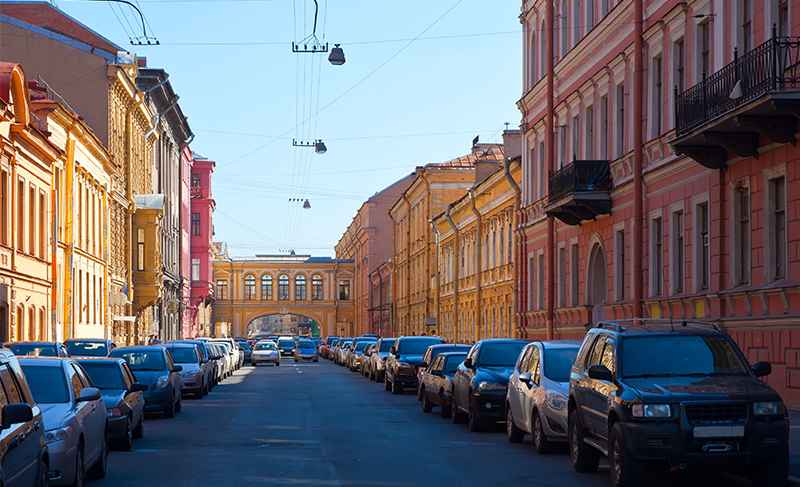
Impact on local residents
As we all know, people prefer owning a car because it assures them speed, privacy, and the opportunity for personal control and autonomy. However, no private vehicle is constantly in motion; most private vehicles spend the majority of their time at rest, either during working hours or at night. This means that every car in the city should have two parking spaces. The two locations should be at opposite ends of the journey.
But the fact is that a shortage of parking lots is an essential problem in the present day. Moreover, it's no secret that living in busy neighborhoods implies wandering around to find a parking space for a longer period of time, which results in wasting the energy, time, and money of people living in such areas.
Many parts of the city that are close to attractions such as cultural sights, various events, beaches or stations and ports have been unable to handle the immense pressure from visitors, large chunks of tourists, and residents who have been unable to locate parking spots for their vehicles.
Constant worry about finding a place to park your car regularly leads to stress and anxiety. Being irritated over something all the time affects people's emotional wellbeing. Therefore, this becomes a highly considerable problem for a city because residents are moving out of these areas as a reaction to vastly unsustainable tourist flows damaging their day-to-day lives.
Impact on tourist experience and public perception
Not having enough parking makes for a tourist-unfriendly city. For tourists arriving by vehicle, the possibility and accessibility of parking may determine whether the visit will take place. Also, it will definitely affect their opinion of the destination, which is very important for the future promotion of the city. As a result, if they believe that there is never enough parking capacity, they have the choice of going elsewhere. And it is a choice they often make.
On the other hand, parking problems also impact urban design. The rising demand for parking spaces has resulted in the construction of numerous garages and open parking lots over the years, which take up a lot of space while providing nothing in terms of multifunctionality or aesthetics.
Curb parking is another detriment to the city's reputation. Curb parking in rows in front of buildings distorts and affects pedestrians' ability to enter these structures through their intended entrances. Additional problems caused by curb parking refer to many lanes of the road being filled with cars, putting more pressure on the remaining lanes, which occasionally narrow down to one lane. This accumulation of cars exceeds the intended capacity of the roads and causes traffic congestion.
All of the above do not contribute to a positive public perception.
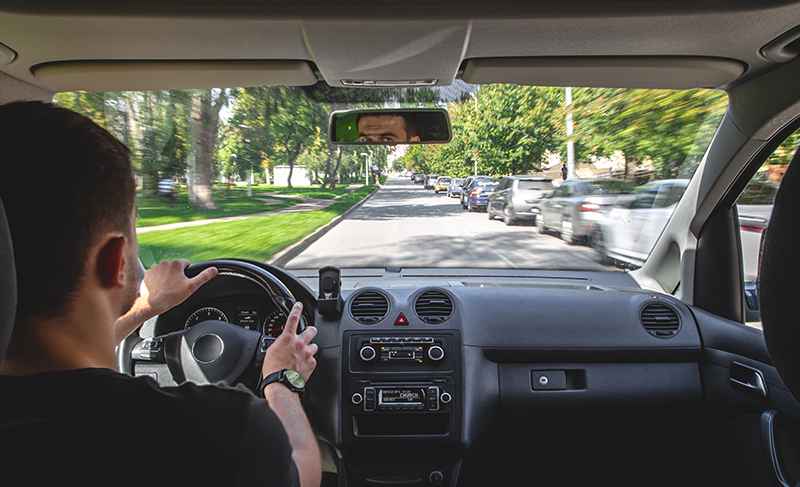
Cruising for parking
For an already congested city with a constant inflow of people seeking a career there, tourists, commuters, and permanent residents, parking can be a nightmare. During busy times, drivers cannot find a place to park their vehicle and circle the nearby blocks looking for a parking spot. This is called cruising, and it has an impact on the parking situation. Drivers who cruise the busy streets to find spots to park their cars have already arrived; their cars during cruising cause the streets to become overcrowded, consume more fuel, produce extra pollution, and cause additional delays for other people who are just moving.
Decreased safety
Wondering what parking has to do with safety? According to many studies, illegal parking is one of the main causes of traffic accidents around the world.
Illegal parking causes obstructed walkways, making it difficult for wheelchair users, the visually impaired, people with children, youngsters, and older people to walk safely, potentially forcing them onto the road. Parking in cycle lanes diverts cyclists into mainstream traffic, leading to an increased risk of a collision.
To conclude, illegal parking is making cities less clean, secure, and appealing to residents and tourists.
Also read: How To Offer Free Parking for Airbnb Guests and Make It Profitable?
5 Smart Solutions to Parking Issues in the Tourist Season
Most cities nowadays have a parking problem. The solution seems obvious at first sight: the number of parking spaces should be increased. However, more parking spots is not the only solution, as multiple studies have shown that a lack of parking is not directly related to their actual presence.
Solution No. 1: Data-driven Decision Making by using the Parking Management System
The Parking Management System (PMS) gathers and analyzes data on parking utilization, trends, and patterns. City planners, parking operators, and transportation authorities can utilize this vital data to make data-driven decisions about parking infrastructure, pricing tactics, and future expansions. This contributes to the optimization of parking facilities, increased revenue, and long-term sustainability.
Solution No. 2: Optimal Space Utilization by using Detection Systems
Sensors, cameras, and data analytics used by PMS serve to monitor and analyze parking space occupancy. This data helps the system allocate available parking spots, ensuring optimal utilization and avoiding the incidence of overcrowded or underused parking places. When provided with real-time data on parking space availability, for example, via display on a parking lot, drivers can easily locate vacant spots. Of course, this will reduce the time spent searching for parking spots and decrease traffic congestion caused by cruising.
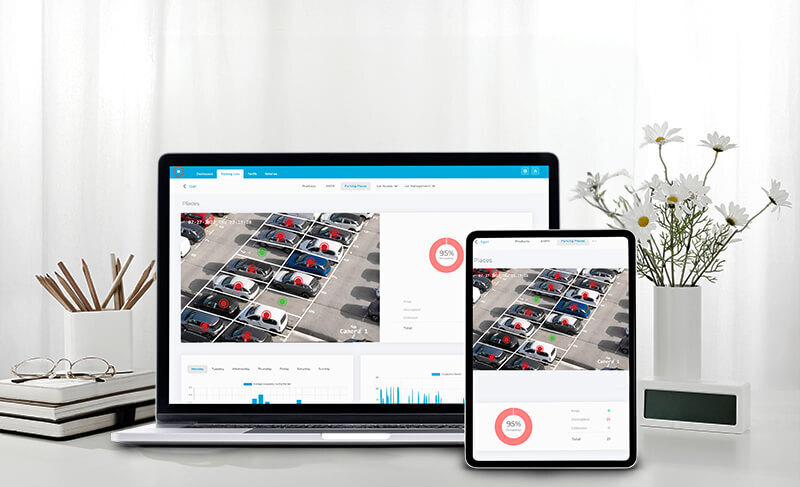
Solution No. 3: Mobile Apps and GPS to save time and cut down on unnecessary driving
Providing drivers with real-time information on parking availability helps save time and reduces unnecessary driving in search of parking as they are aware of the nearest vacant spot. Integration with navigation systems or GPS applications enables drivers to search for parking spots based on their destination and get directions to the chosen parking facility.
Solution No. 4: Automated Payment System for Enhanced User Experience
Smart parking solutions frequently include automated payment systems, such as mobile payment apps or digital wallets, which allow drivers to pay for parking without the use of cash or ticket machines. This simplifies the payment process while also reducing congestion at parking exits.
In other words, instead of searching for cash or waiting in line at payment booths, drivers can make payments quickly and easily through their preferred digital methods. Besides saving time, drivers no longer need to worry about finding the correct change or dealing with payment machines. On the other hand, parking operators can increase their revenue by using automated payment systems. These systems encourage drivers to park for longer periods of time or use parking facilities more frequently by offering payment alternatives and minimizing friction in the payment process.
Solution No. 5: Eliminate the Need for Parking
Expansion and improvement of public transportation systems, such as buses, trams, and trains, might encourage more people to take public transportation rather than driving. As a result, the overall demand for parking places is reduced. Creating safe and accessible walking and cycling trails can also encourage people to use these modes of transportation for shorter distances, lowering the demand for parking.
Also read: Emerging trends that will determine the future of parking

Smart Parking Solutions Take Us to the Future of City Parking
A parking problem in cities and urban regions indicates that there is a mismatch between parking demand (the number of cars in need of parking spaces) and parking supply (the number of parking spaces available to accommodate the cars in need of parking) during the tourist season. Inefficient use of existing parking capacities additionally contributes to the problem.
Smart parking solutions provide a number of advantages that improve the parking experience for both drivers and parking operators. Efficient space utilization, reduced traffic congestion and emissions, improved user experience, enhanced safety and security, increased revenue generation, and insights gained by using data analytics are the key advantages of implementing such solutions, which enable cities to provide efficiency, social responsibility, and quality of life.
